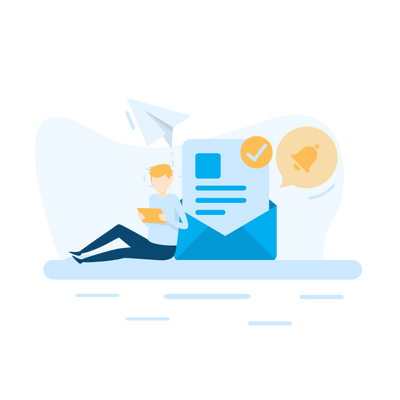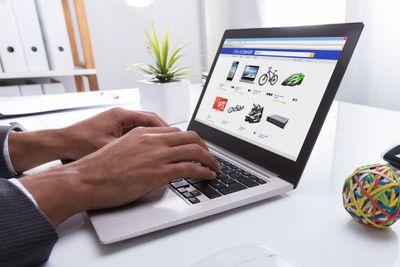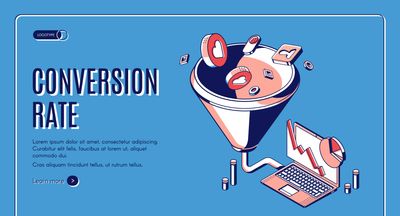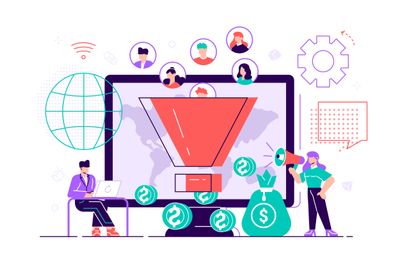eCommerce Entrepreneurs Blog
Read about successful online stores, the best eCommerce apps, marketing strategies, store design, and much more on KeepShoppers' blog.
Shopify marketing
How to Increase Traffic and Sales Conversion on Your Online Ecommerce StoreBeing an online seller getting a good conversion rate is the top priority. Whether you are running a Shopify store or owner of an Etsy shop, all the hustle is for getting decent traffic and a high conFebruary 10, 2023








